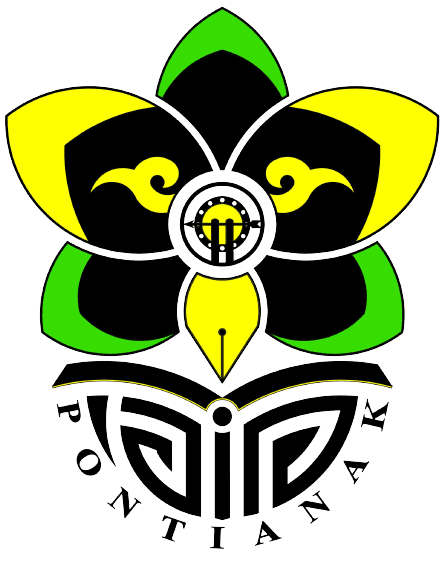RI'AYAH MANAGEMENT: REALIZING THE GRANDEUR AND SUSTAINABILITY OF THE GRAND MOSQUE
DOI:
https://doi.org/10.24260/j-md.v5i1.3145Keywords:
manajemenAbstract
The aim of this research is to find out about: 1) how is ri'ayah management in maintaining cleanliness at the Babul Mukminin Mosque, 2) how is ri'ayah management in maintaining beauty at the Babul Mukminin Mosque, 3) how is ri'ayah management in maintaining buildings at the Babul Mosque Believer.
This research uses a qualitative research approach, with descriptive methods. The data sources in this research are the head of the mosque, head of the ri'ayah sector, marbot, and the congregation of the Babul Mukminin Mosque obtained from interviews, observation, and documentation. Data collection techniques in this research used interview, observation and documentation techniques. The data analysis techniques used include data collection, data reduction, data presentation, and drawing conclusions/verification.
The results of this research are: 1) Ri'ayah management in the field of cleanliness at the Babul Mukminin Mosque in the form of routine environmental cleaning, appeals to the community and congregation with the achievement of indicators set by the Ministry of Religion. 2) Ri'ayah management in the field of beauty at the Babul Mukminin Mosque is carried out by building or adding items in the mosque environment that are in accordance with the rules and indicators of building beauty, namely in accordance with aspects of integration, proportion, scale, balance, rhythm and color. 3) Ri'ayah management in the building sector at the Babul Mukminin Mosque, namely in the form of maintenance and repairs on the foundation parts of the mosque building, namely in the form of plates, beams and columns.
Keywords: Management, Ri'ayah, Mosque
Downloads
Published
Versions
- 2025-11-18 (2)
- 2024-08-01 (1)
How to Cite
Issue
Section
License
Copyright (c) 2024 Sindi Sindi, Feri Ansyah eddy Purnomo

This work is licensed under a Creative Commons Attribution-NonCommercial-ShareAlike 4.0 International License.












